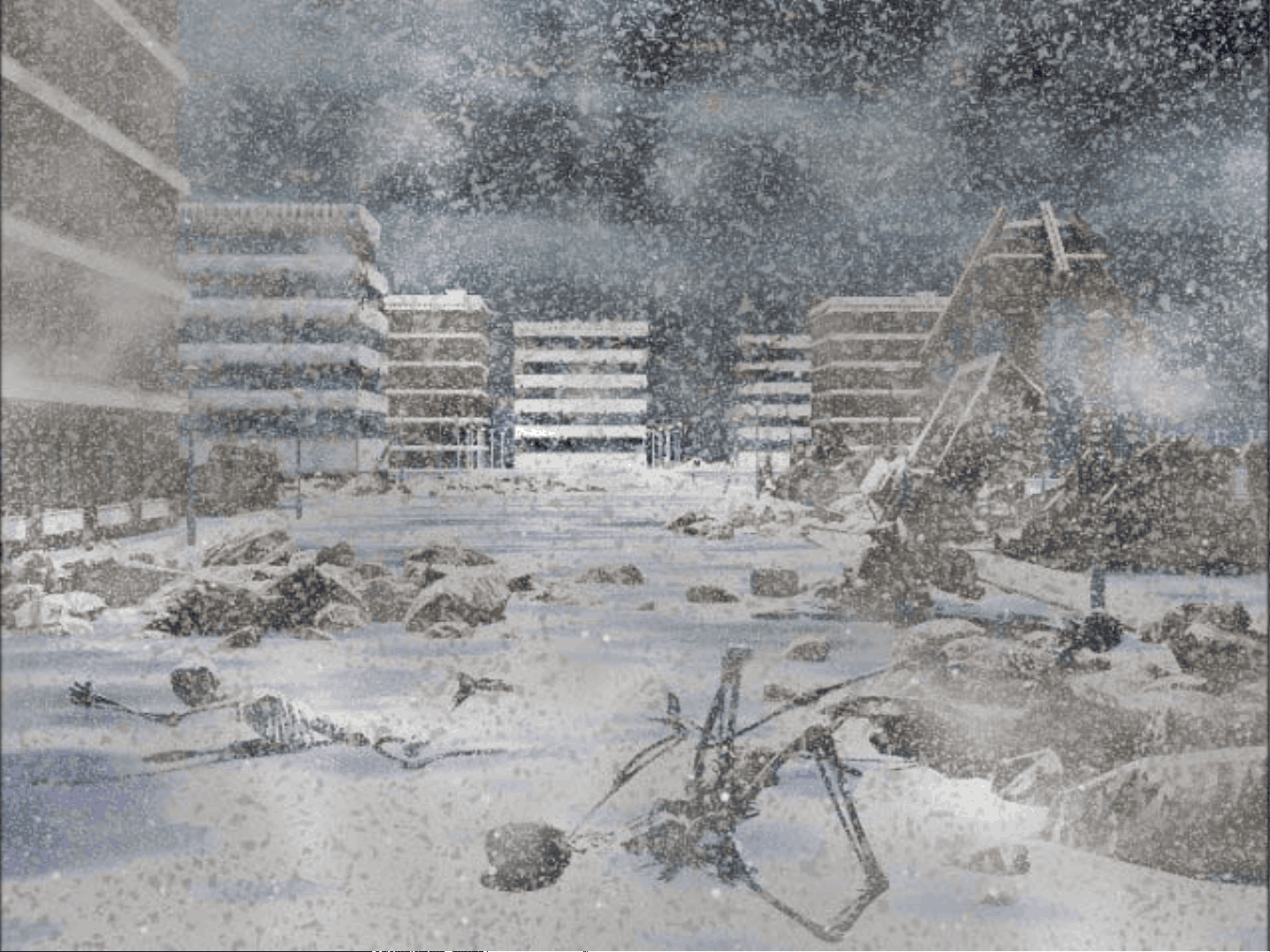
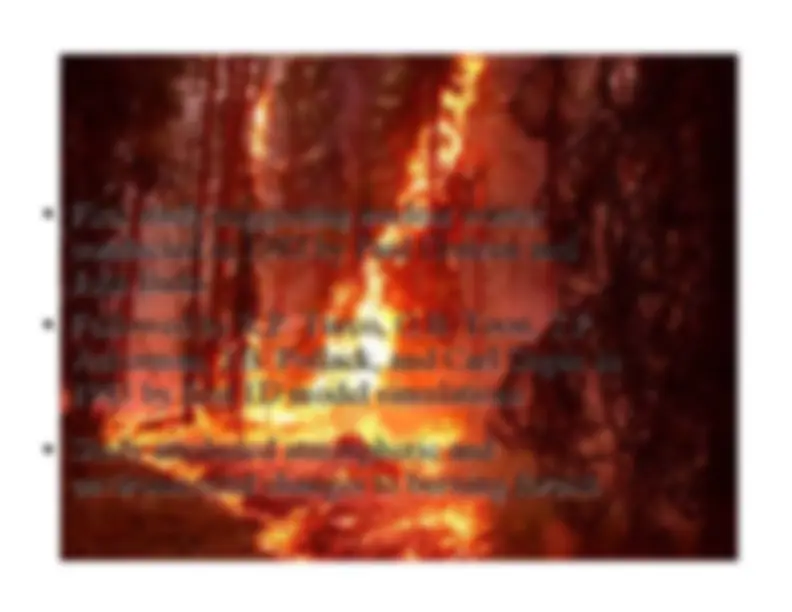
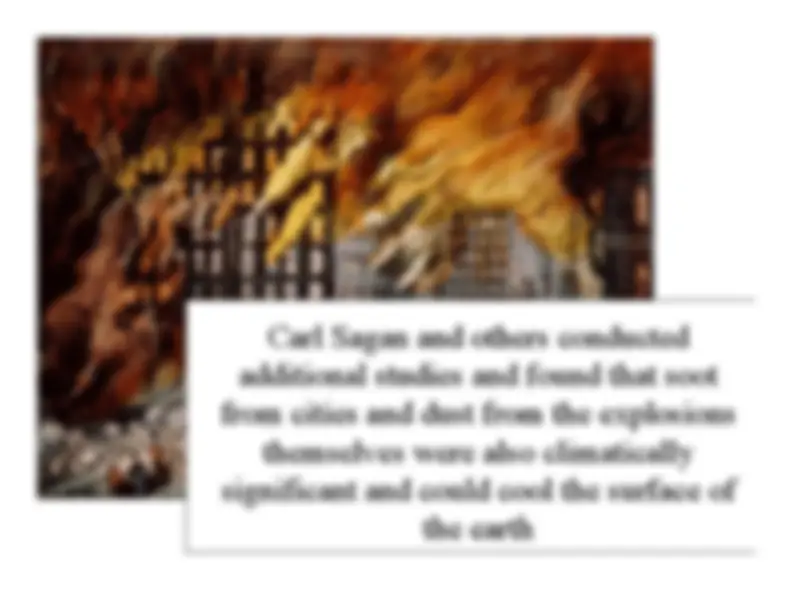
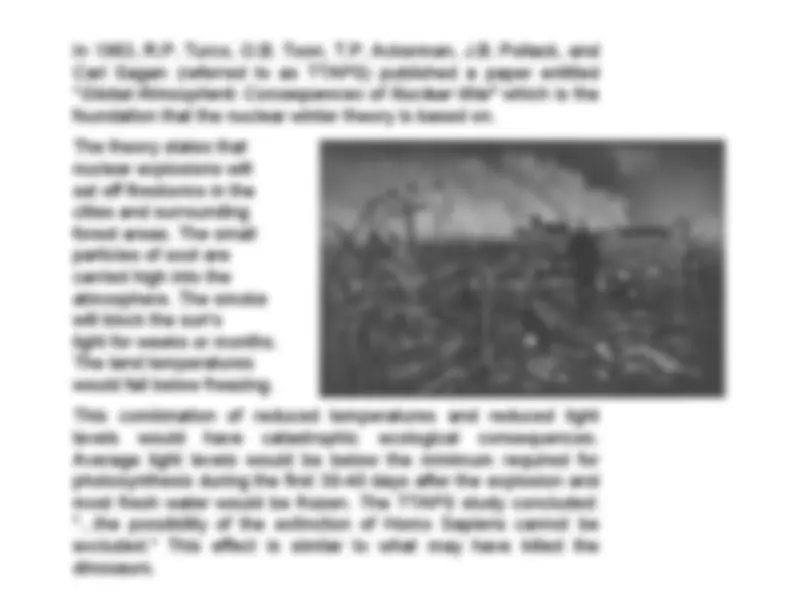
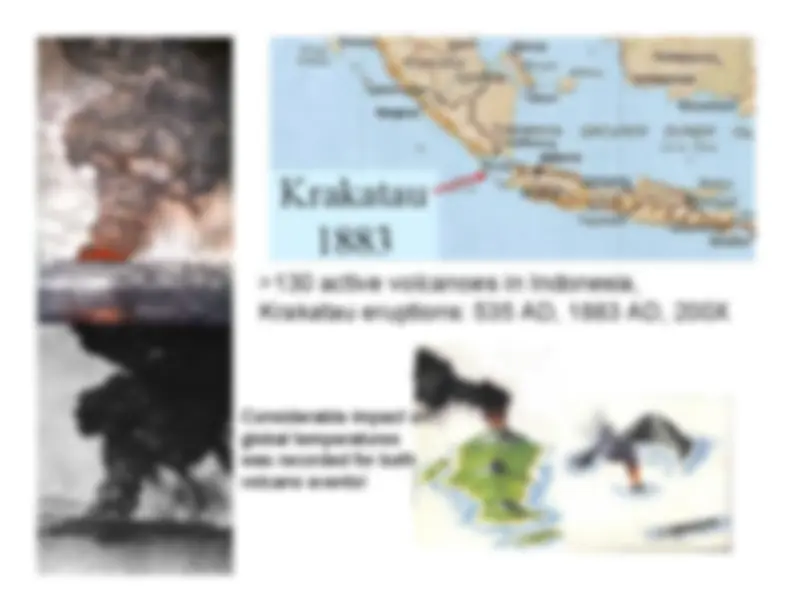
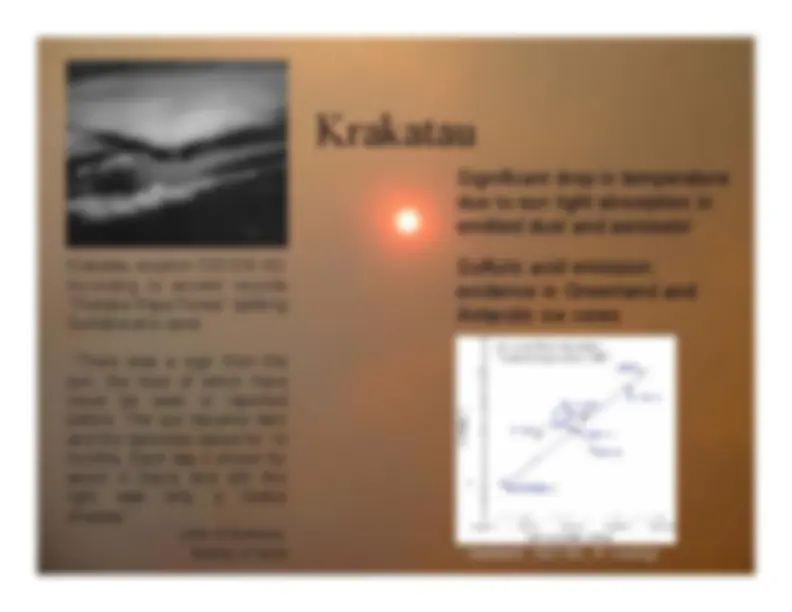
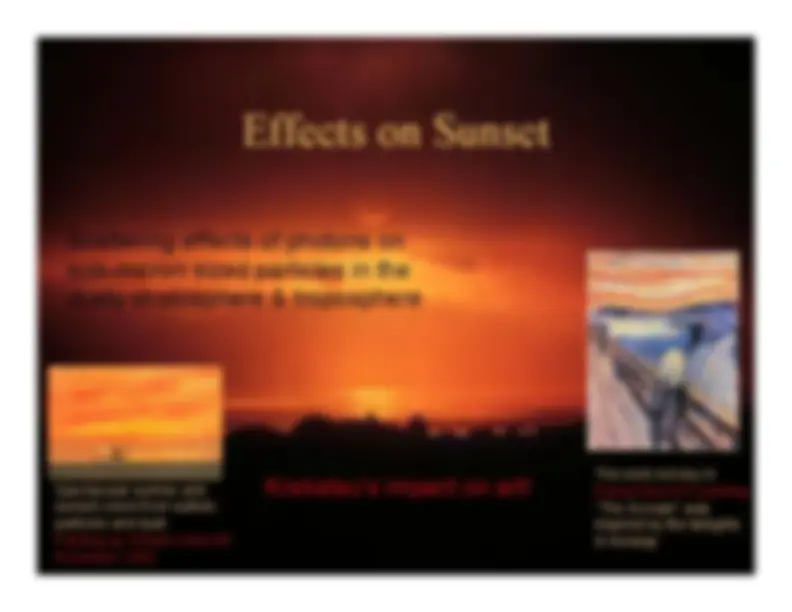
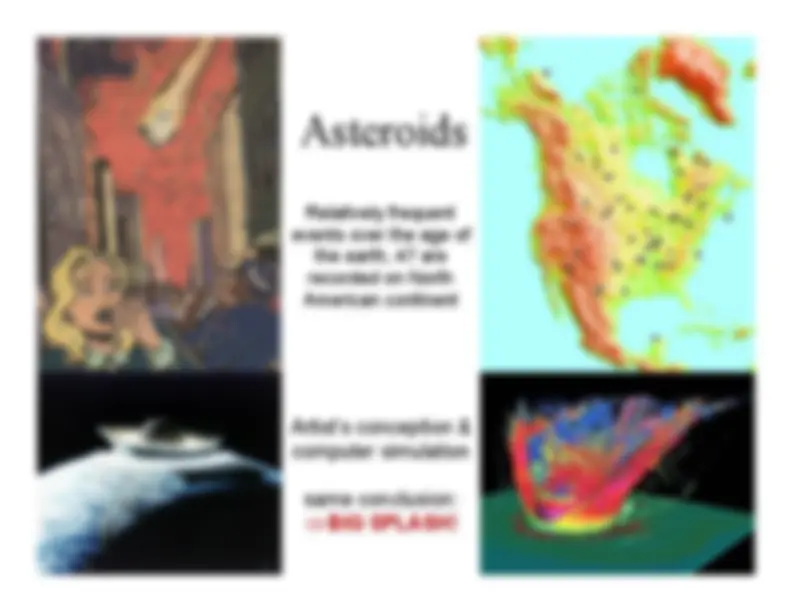
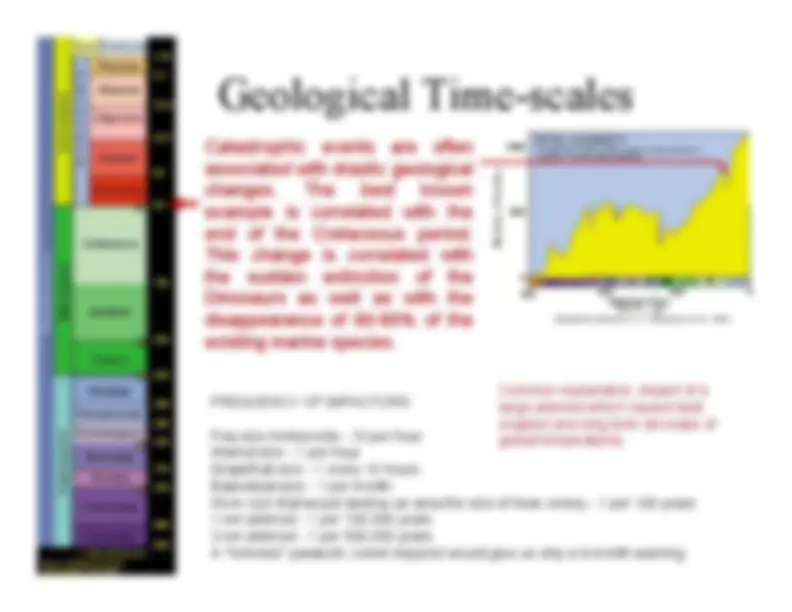
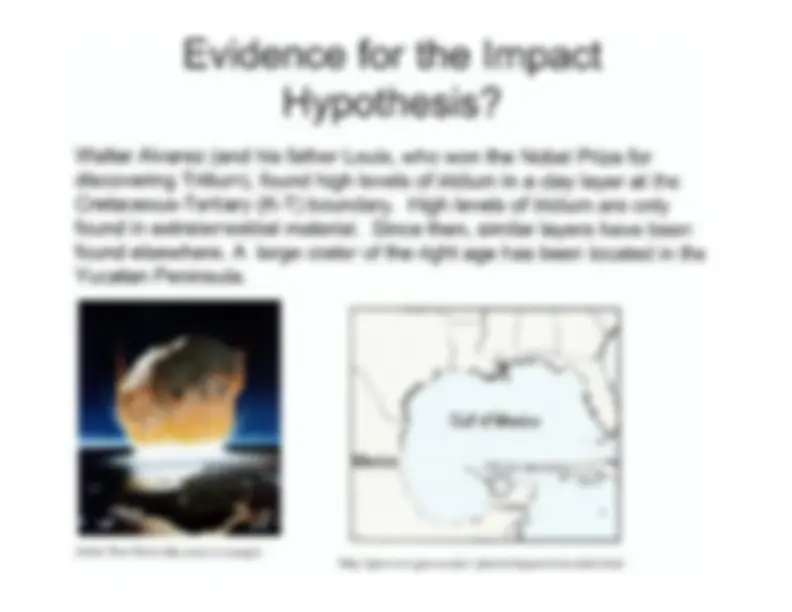
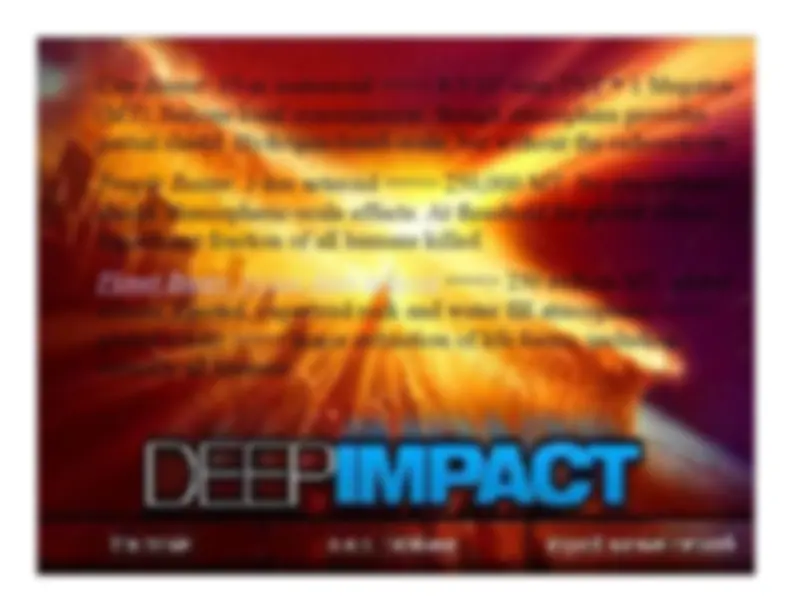
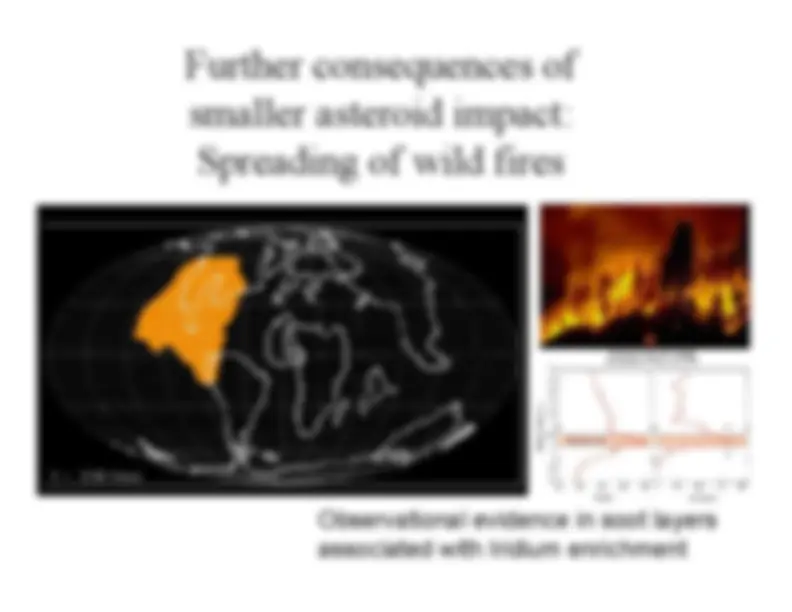
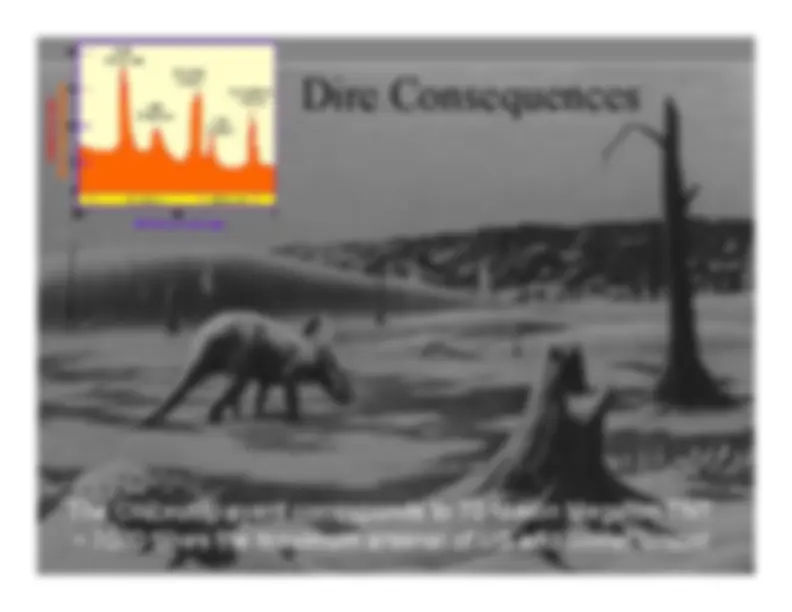
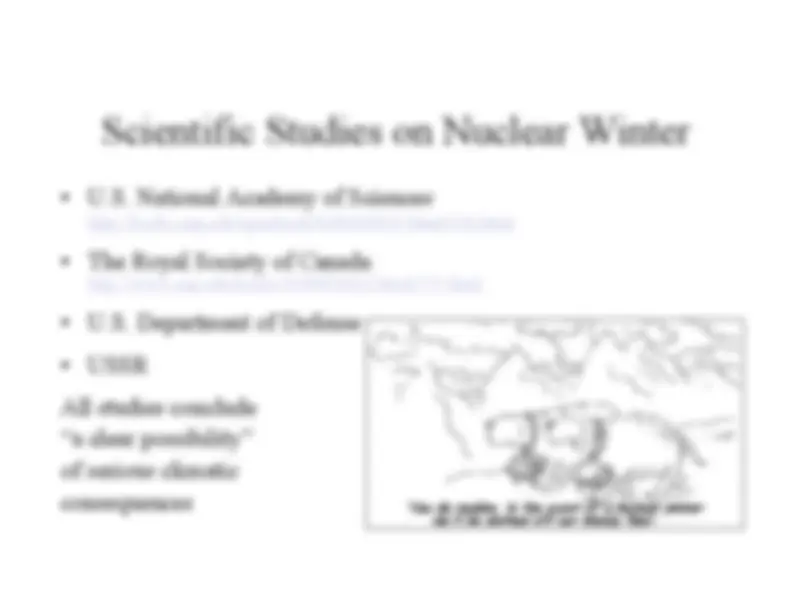
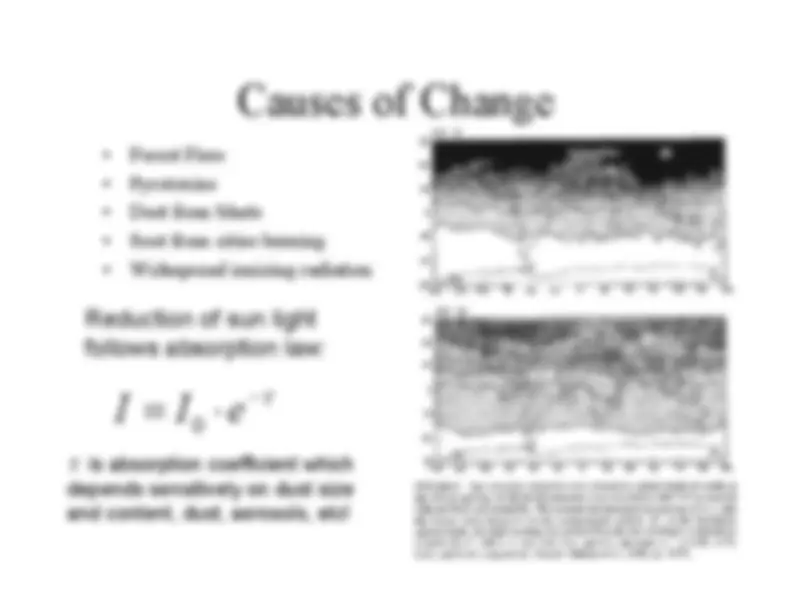
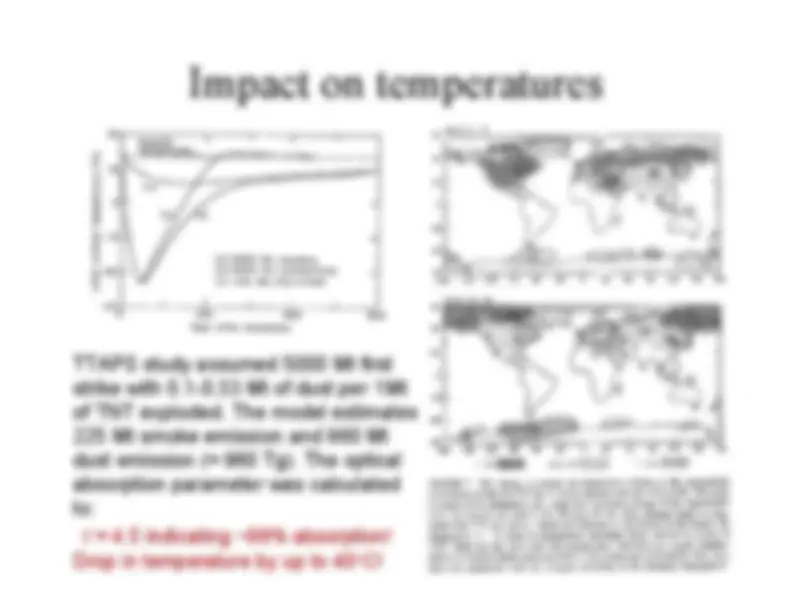
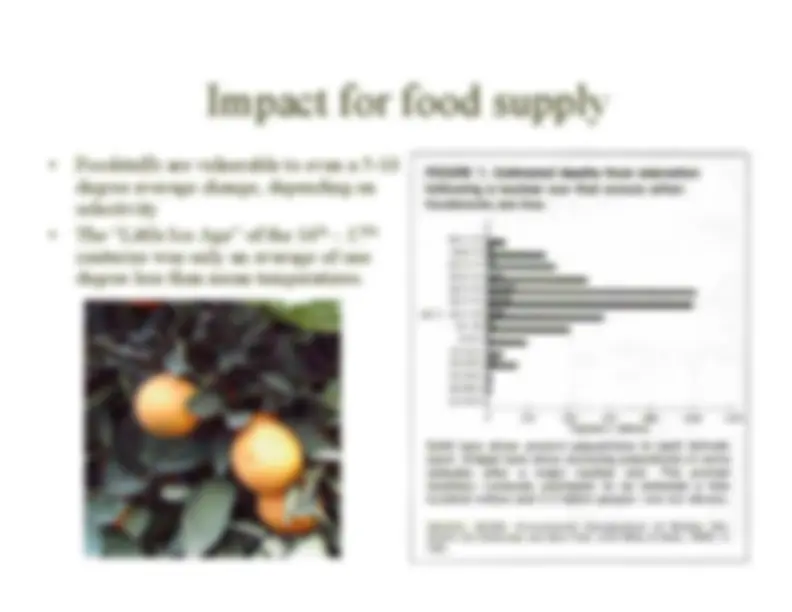
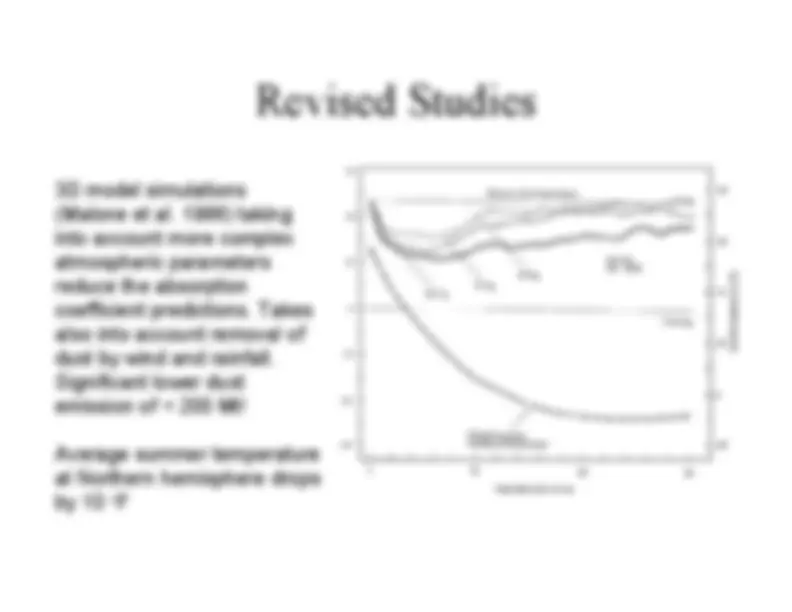
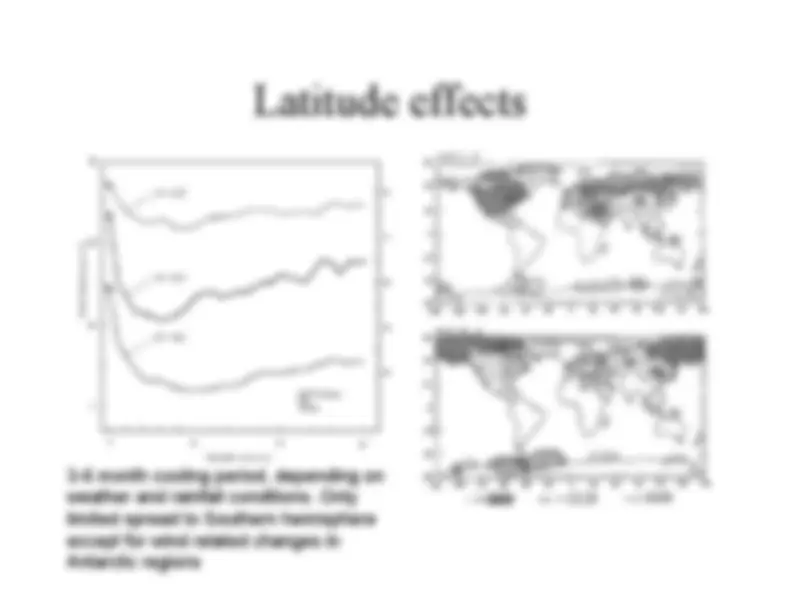


Study with the several resources on Docsity

Earn points by helping other students or get them with a premium plan


Prepare for your exams
Study with the several resources on Docsity

Earn points to download
Earn points by helping other students or get them with a premium plan
Community
Ask the community for help and clear up your study doubts
Discover the best universities in your country according to Docsity users
Free resources
Download our free guides on studying techniques, anxiety management strategies, and thesis advice from Docsity tutors
Material Type: Paper; Class: Nuclear Warfare; Subject: Physics; University: Notre Dame; Term: Unknown 1989;
Typology: Papers
1 / 26

This page cannot be seen from the preview
Don't miss anything!



















Carl Sagan and others conductedCarl Sagan and others conductedadditional studies and found that sootadditional studies and found that sootfrom cities and dust from the explosionsfrom cities and dust from the explosionsthemselves were also climaticallythemselves were also climaticallysignificant and could cool the surface ofsignificant and could cool the surface of
the earththe earth
In 1983, R.P. Turco, O.B. Toon, T.P. Ackerman, J.B. Pollack, andCarl Sagan (referred to as TTAPS) published a paper entitled" Global Atmospheric Consequences of Nuclear War
" which is the
foundation that the nuclear winter theory is based on.The theory states thatnuclear explosions willset off firestorms in thecities and surroundingforest areas. The smallparticles of soot arecarried high into theatmosphere. The smokewill block the sun'slight for weeks or months.The land temperatureswould fall below freezing.This^ combination
of^ reduced^ temperatures
and^ reduced^
light
levels^ would^
have^ catastrophic
ecological^ consequences. Average light levels would be below the minimum required forphotosynthesis during the first 30-40 days after the explosion andmost fresh water would be frozen. The TTAPS study concluded:"...the possibility of the extinction of Homo Sapiens cannot beexcluded." This effect is similar to what may have killed thedinosaurs.
Krakatau^1883 >130 active volcanoes in Indonesia, Krakatau eruptions: 535 AD, 1883 AD, 200X Considerable impact onglobal temperatureswas recorded for bothvolcano events!
Spectacular sunrise andsunset colors from sulfuricparticles and dust:Painting by William AshcroftNovember 1883
The vivid red sky inEdvard Munch’s painting“The Scream” wasinspired by the twilightsin Norway
2
o^ , decrease of temperature in hemisphere by ~0.
OHSOH o. OHOH SO^
(^242) 2 2
2 3
+⇒ ++
are^ often associated with drastic geologicalchanges.^ The
best^ known example^ is^ correlated
with^ the end^ of^ the^ Cretaceous
period. This^ change^ is
correlated^ with the^ sudden^ extinction
of^ the Dinosaurs^ as^
well^ as^ with^ the disappearance of 60-80% of theexisting marine species.^ FREQUENCY OF IMPACTORS:^ Pea-size meteoroids - 10 per hour^ Walnut-size - 1 per hour^ Grapefruit-size - 1 every 10 hours^ Basketball-size - 1 per month^ 50-m rock that would destroy an area the size of New Jersey - 1 per 100 years^ 1-km asteroid - 1 per 100,000 years^ 2-km asteroid - 1 per 500,000 years^ A "nemesis" parabolic comet impactor would give us only a 6-month warning.
Common explanation, impact of alarge asteroid which caused dusteruption and long term decrease ofglobal temperatures.
The impact energy deposited = the
kinetic energy^ ( KE
) of incoming object, where ν^ is large! Orbital velocity ~ 30 km/sec = 66,000 mphMass is large!^
For rocks, Density ~ 5 gr/cc ===> Mass ~ 2.
Converting to equivalent explosive energy in units of tons of TNT. 1 ton TNT = 4 x 10
16 ergs.
===> Impact energy = 250
=4 meters packs the explosive power of the Hiroshima bomb (20,000 tons).
1 2 vM 2 2 billion tons of TNT=2000 Megatons!
π=ρρ
Further consequences of^ smaller asteroid impact:^ Spreading of wild fires